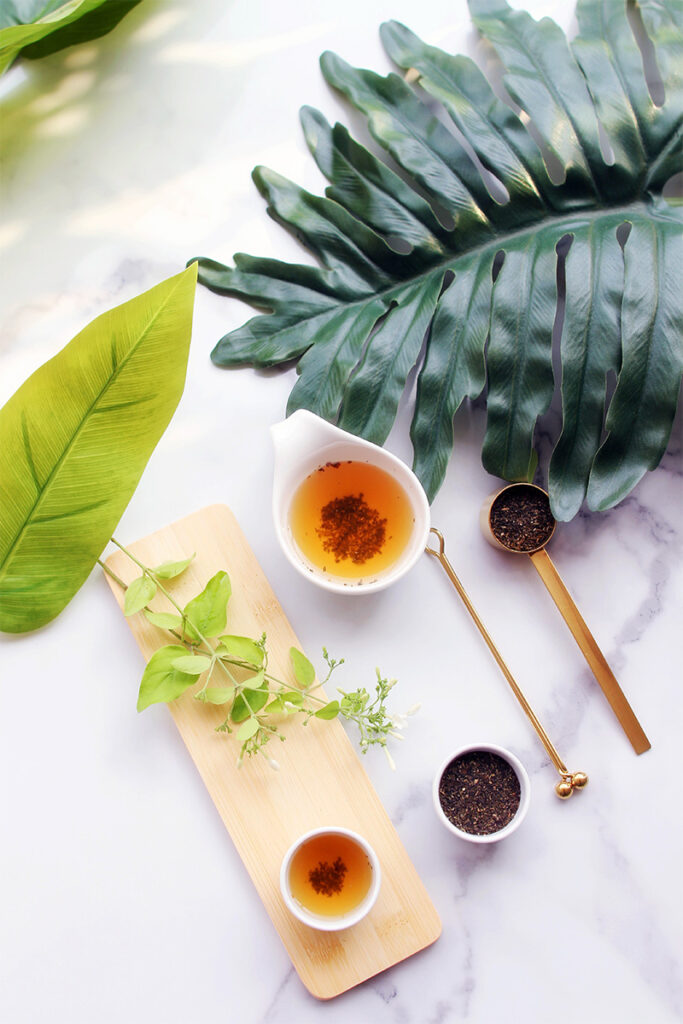
The flavors of tea are easily affected by the tree type, weather conditions, plantation location, manufacturing processes and many other factors. Therefore, being able to blend tea and create a unique flavor that represents a brand is not only a special skill, but a form of art.
First, we need to clarify that “tea mixing” is not the same as “tea blending”. Tea mixing is simply buying different teas and mixing them together, repackage and then sell. Tea blending takes into consideration the different flavors involved and how a unique taste can be made through blending. Tea blending usually starts at the tea factory or supplier; this is to ensure that the quality of tea is stable, and that the flavors can be balanced through blending. Blending can also make up for tastes that are seasonal, and European Herbal Tea is a great example. Tea blending ensures that you can have the same flavored tea throughout the year, despite of weather conditions and your source of tea.
So why do we say tea blending is an art? It’s because tea blending requires years of experience and a strong taste palette. It is more than just bringing different teas together, but also being able to tell the subtle differences in flavor. As an example, in KLub’s Black tea, we used black tea from Taiwan and Ceylon Black Tea, blending them in the right proportions to create a unique taste. After blending, the tea has the roasted scent from the Taiwanese black tea but also has the sweet and fruity after-taste from the Ceylon Black Tea. Combining these two teas together gives us the perfect tea base for milk tea.
